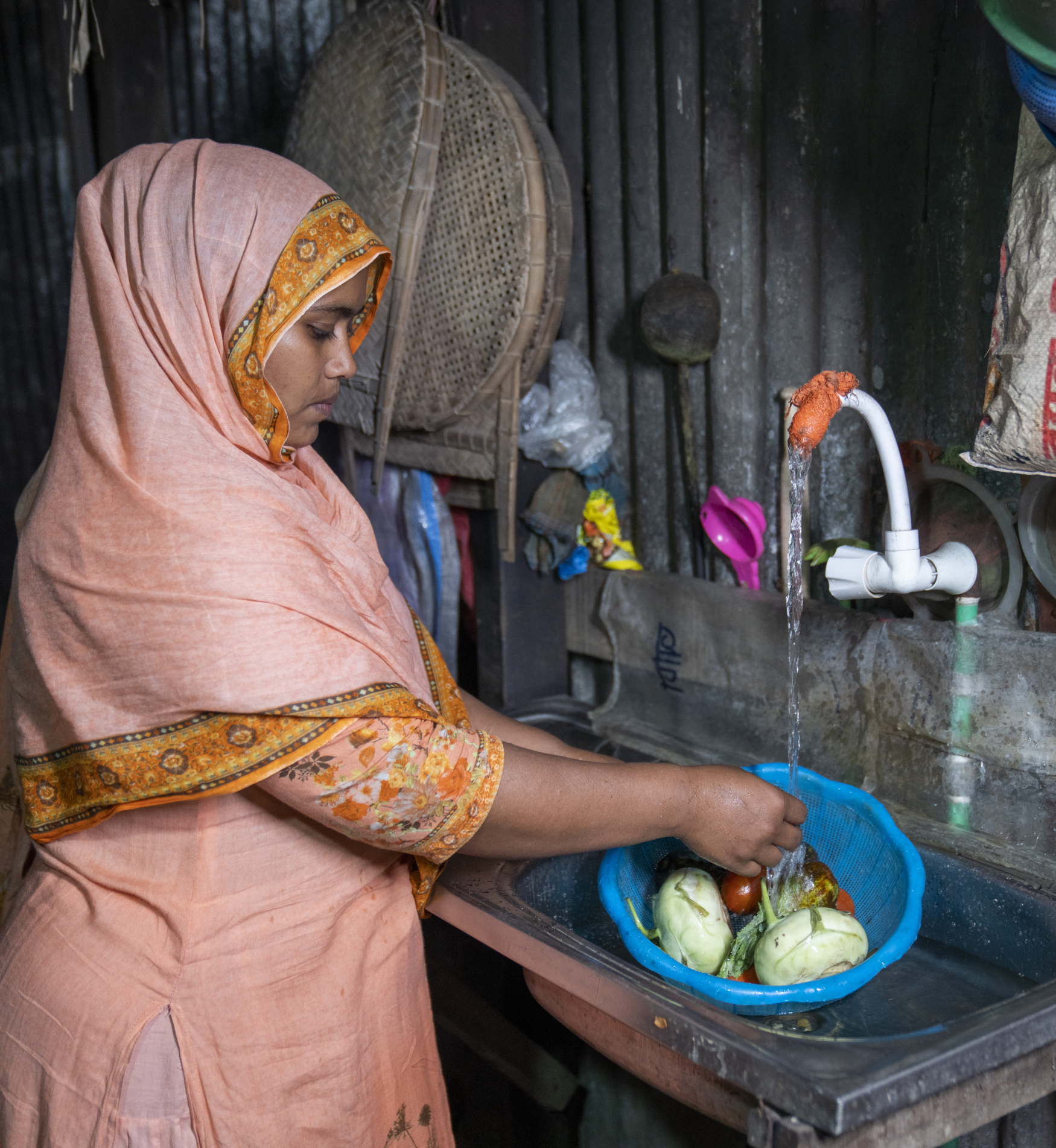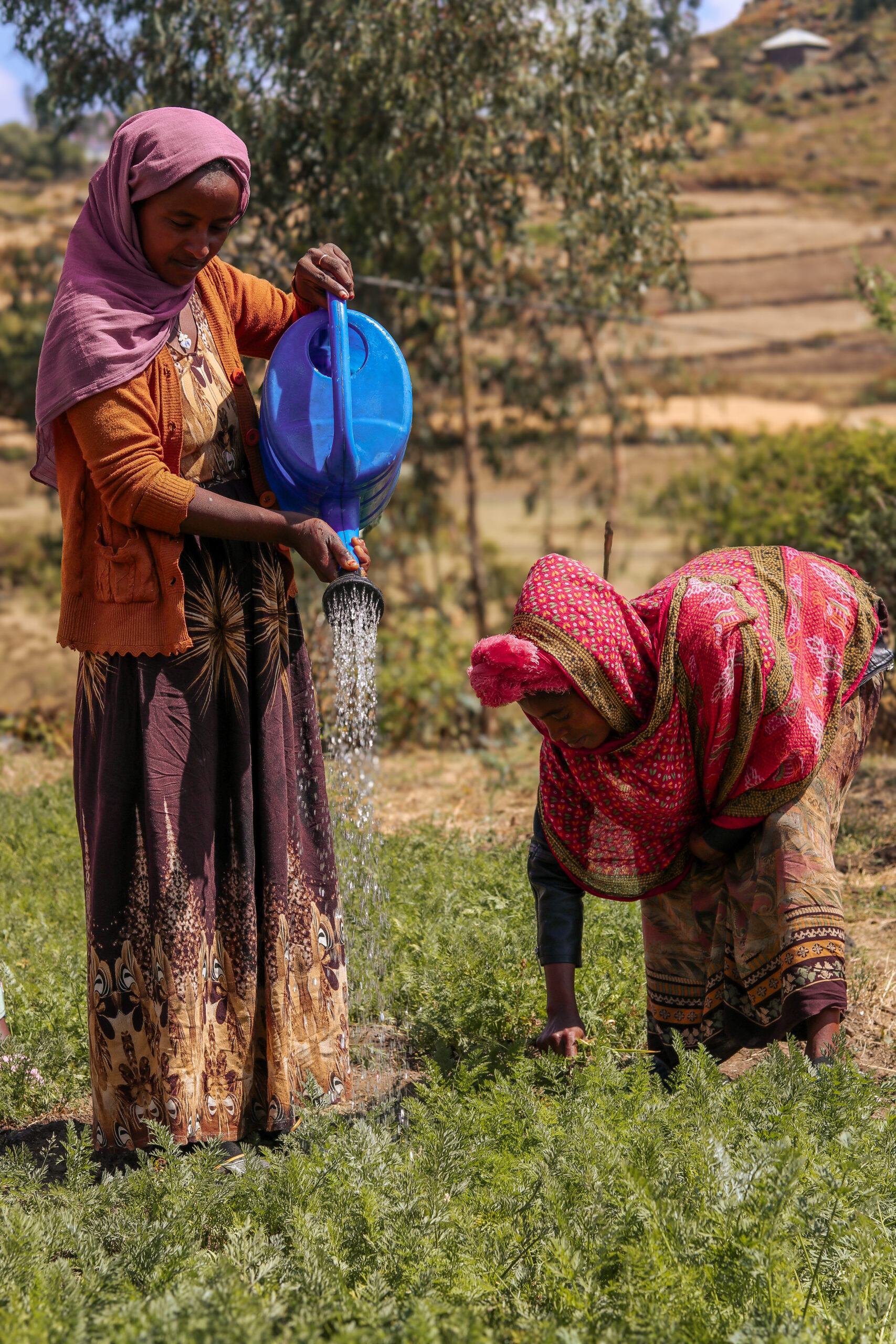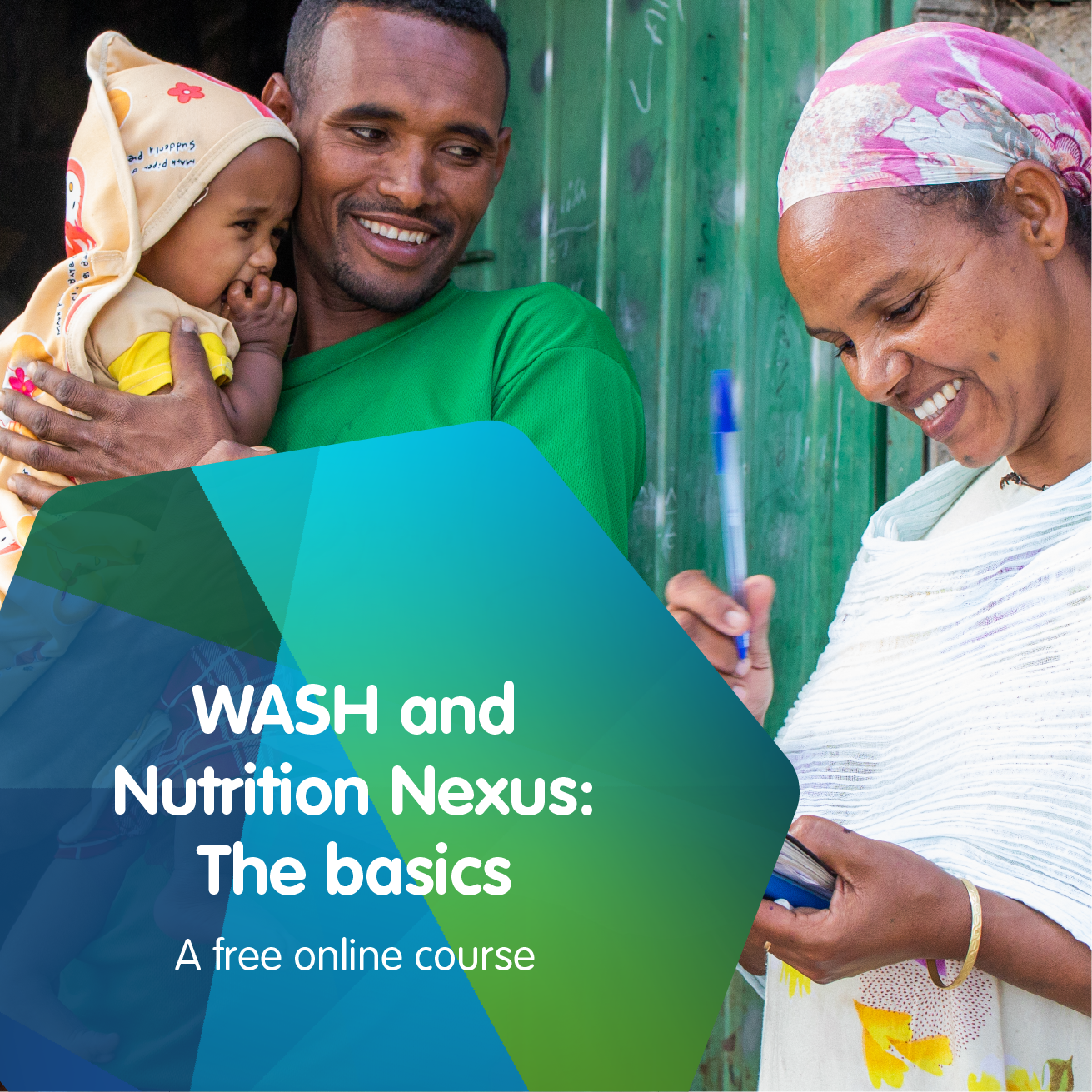From the yellow, to the green zone
Rubina's storyRubina Begum lives in Chalitabunia village in Patuakhali, Bangladesh. Her first child is 6 months old. His name is Hasib. Rubina is so happy since the pregnancy and birth of her child. She signed up for growth monitoring.
Soon after, Rubina participated in a courtyard meeting about stunting. Her son’s height and weight were measured in the session. The results were not good. Hasib was in the yellow zone in both height and weight charts. Rubina became very concerned. She heard from the meeting that it is possible to change this within the first 1,000 days of a child’s life (from pregnancy to 2 years).
Rubina took steps immediately: washing her hands with soap and water before feeding her child and after cleaning his bottom. Washing the family’s clothes and sheets regularly. Cleaning her baby’s hands and trying to keep him from putting dirty objects into his mouth.
Since then, Hasib has moved from the yellow zone to the green zone on the growth charts. Rubina is now quite happy. She will continue monitoring Hasib’s growth through visits to the nearest health clinic.



